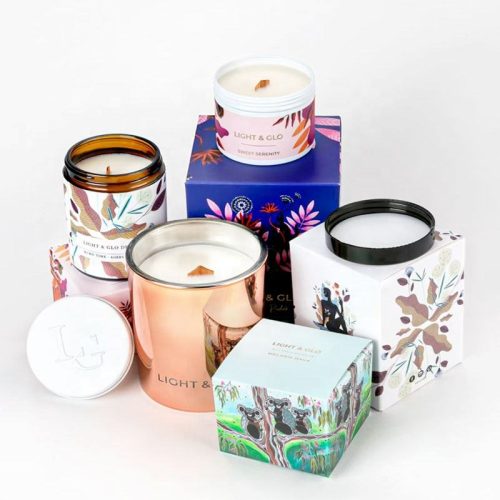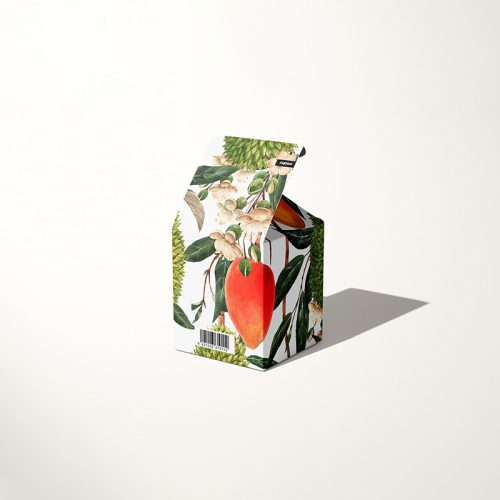When designing luxury packaging, there are several key elements that need to be considered in order to create an aesthetically pleasing and effective design. Here are some of the most important elements to consider:
- Material: The choice of material is a critical factor in luxury packaging design. High-quality materials such as silk, velvet, leather, or high-quality paper stocks can enhance the perceived value of the product and create a sense of luxury and exclusivity.
- Color: Color is an essential element in luxury packaging design. It is important to choose colors that reflect the brand identity and convey a sense of luxury. Neutral colors like black, white, and gold are commonly used in luxury packaging design, but bold colors can also be used effectively to create a striking visual impact.
- Typography: Typography plays a critical role in luxury packaging design. The right font can convey elegance, sophistication, and luxury. Serif fonts are often used in luxury packaging design as they are more traditional and give a sense of permanence and timelessness.
- Texture: Texture is an important element in luxury packaging design, as it can create a tactile experience that enhances the perceived value of the product. Embossing, debossing, foil stamping, and other finishing techniques can create a sense of depth and texture that adds to the overall luxury experience.
- Shape and Structure: The shape and structure of the packaging can make a big impact on the perceived value of the product. Unique shapes and structures can create a sense of exclusivity and make the product stand out on the shelf.
- Branding: Luxury packaging should reflect the brand identity and create a memorable impression on the consumer. The branding should be cohesive and consistent across all packaging elements, including the logo, color scheme, typography, and messaging.
- Sustainability: While luxury packaging is often associated with high-quality materials, it is important to consider sustainability in the design process. Choosing sustainable materials and minimizing waste can enhance the perceived value of the product and appeal to consumers who value sustainability.


